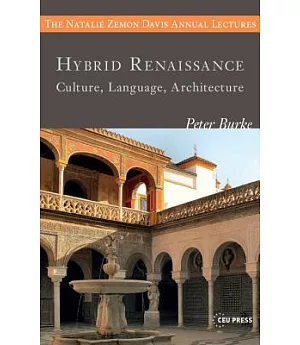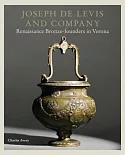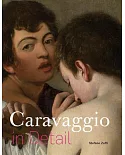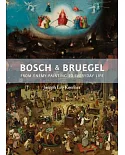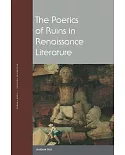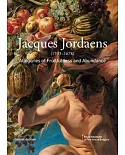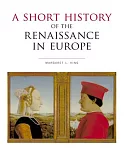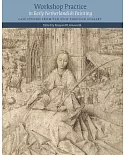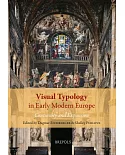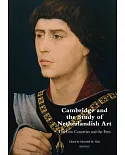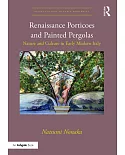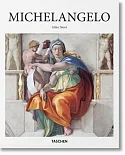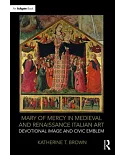"Hybrid Renaissance presents the Renaissance in Italy, elsewhere in Europe, and in the world beyond Europe as an example of cultural hybridization. The two key concepts used in this book are
’hybridization’ and ’Renaissance.’ Roughly speaking, hybridityrefers to something new that emerges from the combination of diverse older elements. The term ’hybridization’ is preferable to
’hybridity’ because it refers to a process rather than to a state, and also because it encourages the writer and the readers alike to think in terms of more or less rather than of presence
versus absence. The book begins with a discussion of the concept of cultural hybridity and a cluster of other concepts related to it. Then comes a geography of hybridity, focusing on three
locales: courts, major cities (whether ports or capitals) and frontiers. There follow six chapters about the hybrid Renaissance in different fields: architecture, painting and sculpture,
languages, literatures, music, philosophy and law and finally religion. The essay concludes with a brief account of attempts to resist hybridization or to purify cultures or domains from what
was already hybridized"--Provided by publisher.

